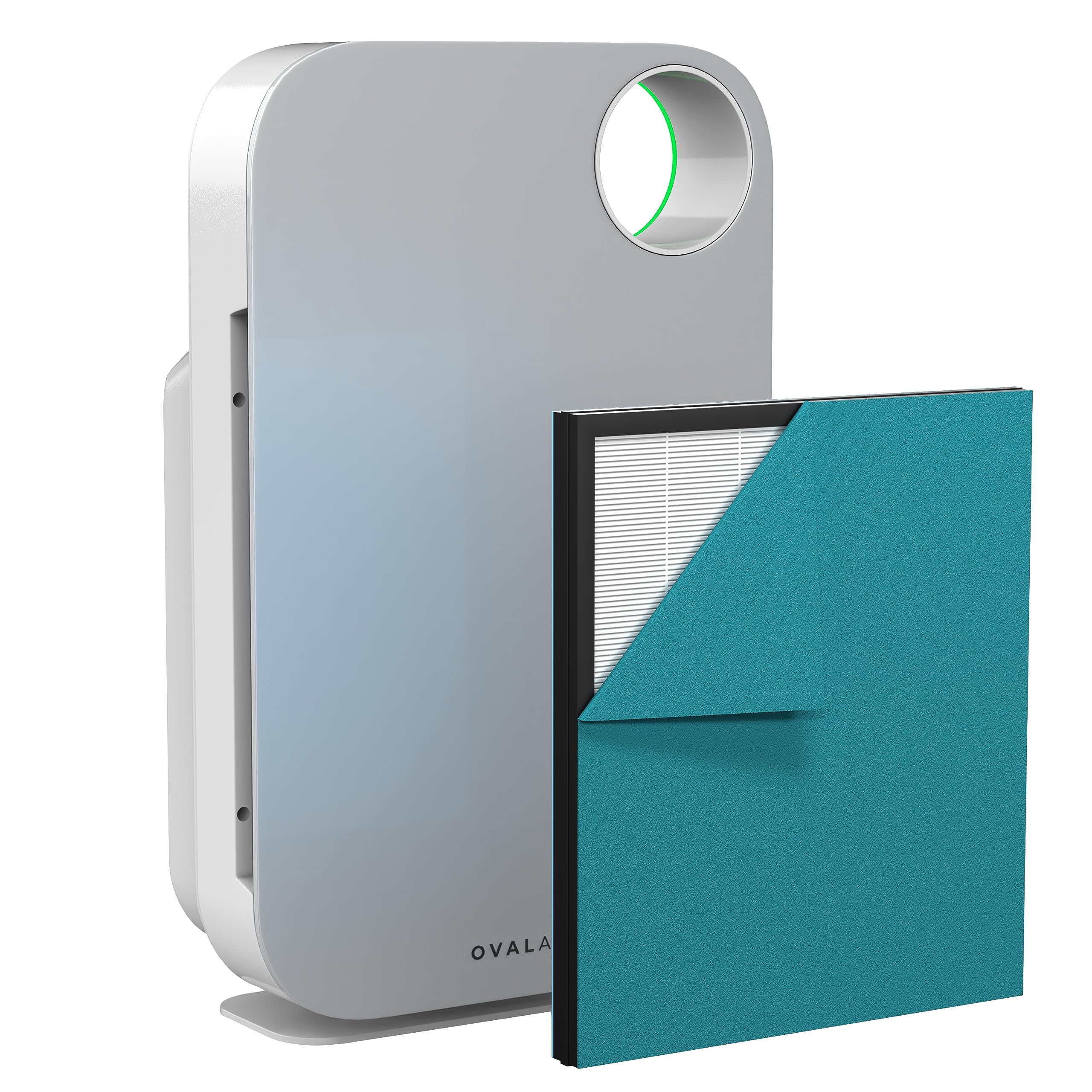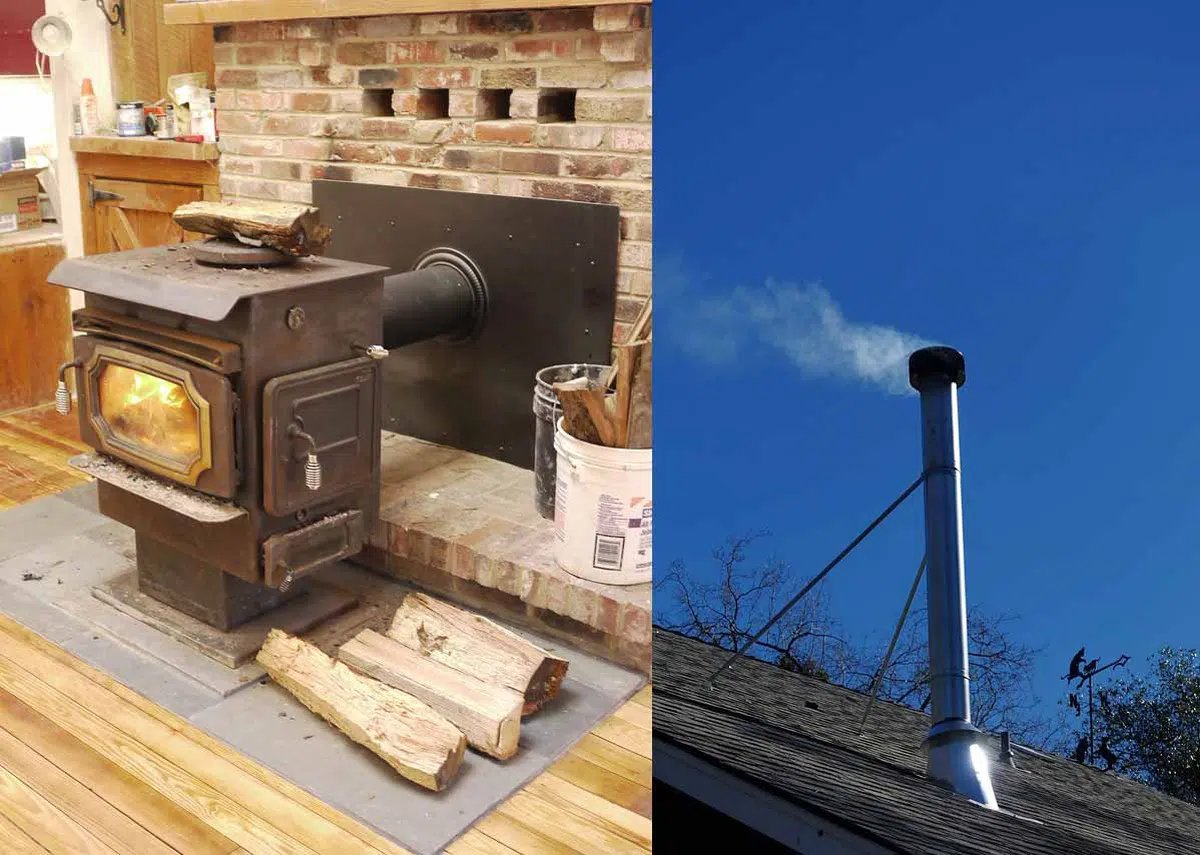Pellet stoves do not typically produce smoke after startup. However, ensuring proper venting is crucial to maintain safety.
Pellet stoves are a popular heating option due to their efficiency and convenience. While they do not typically produce visible smoke after startup, proper maintenance is essential to ensure they operate safely and effectively. In some cases, issues such as excess soot or smoke may indicate a problem with the burn pot, which can be resolved by cleaning out debris.
Additionally, proper ventilation is key to directing exhaust gases, fine ash, and water vapor safely to the outdoors. This article will explore the factors influencing smoke production in pellet stoves and provide tips for troubleshooting and maintenance.

Do Pellet Stoves Smoke?
While pellet stoves are known for their efficiency and eco-friendliness, there may be instances where they produce smoke, impacting indoor air quality. Let’s delve into the causes of smoke production and its effect on the air you breathe.
Causes Of Smoke Production
- Improper maintenance of the burn pot
- Low-quality pellets leading to incomplete combustion
- Blockages in the flue or exhaust system
Impact On Indoor Air Quality
- Exposure to smoke can worsen respiratory conditions
- Prolonged exposure can lead to health issues
- Smoke particles can settle on surfaces, creating indoor pollution

Credit: www.amazon.com
How To Address Smoke Issues
Cleaning The Burn Pot
If your pellet stove is producing excess smoke, start by cleaning the burn pot. Remove any debris or buildup to ensure proper combustion.
Ventilation And Exhaust Systems
Check your ventilation and exhaust systems to prevent smoke issues. Ensure proper airflow and a clear path for smoke to exit.
Disadvantages Of Pellet Stoves
Pellet stoves offer an innovative and efficient way to heat your home, but like any heating appliance, they come with their own set of challenges. Understanding the potential drawbacks of pellet stoves can help you make an informed decision before making a purchase. In this section, we will explore some of the disadvantages you might encounter when using a pellet stove.
Noise Levels
Pellet stoves can produce low, continuous noise that can be disruptive and annoying to some individuals. The operational sounds, such as the motor running and the pellets being fed into the burn pot, may not be suitable for noise-sensitive environments.
Complexity Of Operation
Pellet stoves come with a complex system involving electronic controls, motors, and feeding mechanisms. Understanding and maintaining these components requires a certain level of technical knowledge, and troubleshooting operational issues may be challenging for some users.

Credit: www.greenbuildermedia.com
Odor And Fume Concerns
Pellet stoves can emit some smoke during startup, but if you notice excessive smoke or odors, it may indicate a problem with the burn pot. Cleaning the burn pot can often resolve this issue, ensuring efficient and clean burning of the pellets for minimal fume concerns.
Household Odor
One of the major concerns homeowners have when considering a pellet stove is the potential for household odor. Nobody wants their house to smell unpleasant, especially when it comes to their heating source. Thankfully, pellet stoves are known for their lack of odor. Unlike other furnaces and heating units that can give off a distasteful smell, pellet stoves and the pellets themselves provide little to no odor. This means you can enjoy the warmth and coziness of a pellet stove without worrying about any unpleasant scents lingering in your home.Carbon Monoxide Emissions
Carbon monoxide (CO) is a dangerous gas that can be produced by any fuel-burning appliance, including pellet stoves. However, proper installation and venting can significantly reduce the risk of carbon monoxide emissions. It is important to consider that a pellet stove should be treated like any other wood fueled device and must be vented with a flue to the outside of the house. By following the recommended safety guidelines and regularly maintaining your pellet stove, you can minimize the risk of carbon monoxide poisoning and enjoy the benefits of a smoke-free and safe heating source. In conclusion, pellet stoves are a great option for homeowners who are concerned about odor and fume concerns. With their minimal household odor and proper installation to prevent carbon monoxide emissions, pellet stoves offer a safe and pleasant heating solution for any home.Environmental And Health Considerations
Pellet stoves should not smoke when properly ignited; however, excess smoke may indicate a burn pot issue. Ensure thorough cleaning of the burn pot to prevent soot or smoke production. Proper maintenance is crucial to minimize emissions for environmental and health considerations.
Comparative Pollution Levels
When it comes to environmental and health considerations, it is important to understand the comparative pollution levels associated with pellet stoves. Compared to traditional wood-burning stoves or fireplaces, pellet stoves are known to produce significantly less smoke and emissions. This is because pellet stoves burn compressed wood pellets, which have a higher energy density and lower moisture content than regular firewood. As a result, they burn more efficiently and produce fewer pollutants such as carbon monoxide, volatile organic compounds (VOCs), and particulate matter. In fact, studies have shown that pellet stoves emit up to 90% less particulate matter compared to traditional wood stoves. This is great news for both the environment and indoor air quality.Mitigating Environmental Impact
To further mitigate the environmental impact of pellet stoves, there are several measures that can be taken. First and foremost, it is important to ensure that the pellet stove is properly installed and vented. Pellet stoves require a dedicated venting system, such as a pellet vent pipe or a stainless-steel chimney liner, to safely exhaust the combustion gases outside. This helps prevent any potential buildup of harmful gases, such as carbon monoxide, inside the home. Additionally, using high-quality wood pellets can also help reduce the environmental impact of pellet stoves. Look for pellets that are made from sustainably sourced wood and have a low ash content. These pellets are typically produced using by-products from the lumber and woodworking industries, making them a renewable and environmentally friendly fuel source. Regular maintenance and cleaning of the pellet stove is another important aspect to consider. A clean and well-maintained stove will burn more efficiently and produce less smoke and emissions. Cleaning the burn pot, ash tray, and chimney regularly can help prevent any buildup of soot or debris, ensuring optimal performance and minimizing environmental impact. Lastly, consider using a pellet stove in conjunction with other energy-efficient measures to further reduce your environmental footprint. Investing in proper insulation, sealing air leaks, and using programmable thermostats can all help reduce the overall energy consumption and emissions associated with heating your home. In conclusion, pellet stoves are a cleaner and more environmentally friendly alternative to traditional wood-burning stoves. By understanding the comparative pollution levels and implementing measures to mitigate environmental impact, pellet stove users can enjoy the warmth and comfort of a fire while also contributing to a cleaner and healthier planet.
Credit: www.atbbq.com
Frequently Asked Questions Of Do Pellet Stoves Smoke
Is It Normal For A Pellet Stove To Smoke?
If your pellet stove is producing smoke, it may have a burn pot issue. Clean the burn pot to remove debris.
What Are The Disadvantages Of A Pellet Stove?
Disadvantages of a pellet stove include noise, need for electricity, complexity, fuel availability, and aesthetics. Pellet stoves may produce little to no visible smoke, but proper ventilation is essential. Pellet stoves also do not produce fumes and give off minimal odor.
Do Pellet Stoves Make Your House Smell?
Pellet stoves do not make your house smell. Unlike other heating units, pellet stoves and pellets themselves provide little to no odor. Enjoy the cozy atmosphere without any distasteful smells.
Do Pellet Stoves Give Off Fumes?
Pellet stoves can give off fumes. Like any fuel-burning appliance, they produce carbon monoxide and must be properly vented to the outside.
Are Pellet Stoves Supposed To Smoke?
No, pellet stoves are not supposed to produce smoke. If you notice smoke, there might be an issue with the burn pot.
Conclusion
To sum up, pellet stoves should not produce excessive smoke, as they are designed to burn efficiently. If you notice smoke or soot, it may indicate a problem with the burn pot and should be addressed promptly. Additionally, understanding the drawbacks and advantages of pellet stoves can help make an informed decision about their suitability for your home.
Always prioritize safety and maintenance to ensure smooth operation.